I will share with you my gains during Reading Week in this blog. We have been studying environmental design for six weeks and have gained an understanding of the history and philosophy of environmental design. So, I read some books related to my major, interior design, this week.


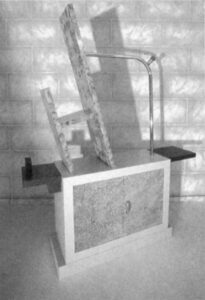
The green imperative : ecology and ethics in design and architecture
This book adheres to the sustainable design concept of ‘cradle to cradle’, but it focuses more on how to apply this concept to cities, buildings, and interiors. What impressed me deeply are the following two points.
The first point is that the author reflects on what good design is in the book. If we ask the designers of Bauhaus, what is good design. I believe the answer I received must be to maximize its functional design. However, the author believes that design is not designed to serve survival. He believes that design has deeper spiritual significance, especially its aesthetic and moral significance. Next, the author searches for his position in the design process by constantly asking himself questions. The following set of questions left a deep impression on me, and I would like to share them with you.
“Will the design significantly aid the sustainability of the environment?
Can it make life easier for some group that has been marginalized by society?
Can it ease pain?
Will it help those who are poor, disenfranchised or suffering?
Will it save energy or – better still – help to gain renewable energies?
Can it save irreplaceable resources?
A positive answer to these or similar questions does not make the desin visibly spiritual. But the performance of such services to our felowhumans and the planet wil help us nwardl. it wil nourish our sou and help it o row. That’s where spiritual values enter desian.”
Our task has undergone a transformation.



The second point is that he proposed that with the development of society, people gradually moved indoors. Therefore, interior design has become particularly important. The author believes that architecture should not only be connected to nature, but also to local culture. Meanwhile, the author points out that we are all involved in the design. As end users, we are both consumers and victims of the environment, buildings, tools, and artifacts that make up our world. Design is a conscious and intuitive effort aimed at imposing a meaningful order. Therefore, we need to understand the meaning behind design in order to establish a sustainable order.

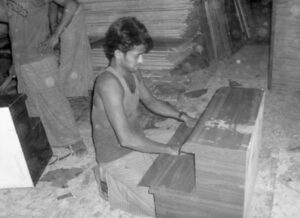

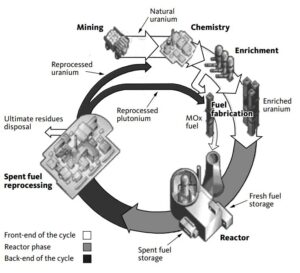
Economies of recycling : the global transformation of materials, values and social relations
Authors:Joshua Reno,Catherine Alexander
This article mainly discusses how people can meet their needs by recycling and utilizing waste materials in different places and backgrounds. I think this is a circular economy, although some people do it due to the pressure of life. However, this move connects the ends of the linear economy together, making resource utilization more efficient and reducing waste. At the same time, this move also generated economic value, and most participants also benefited from it.
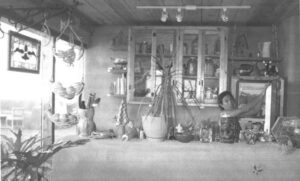
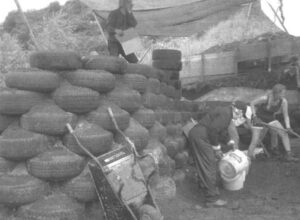
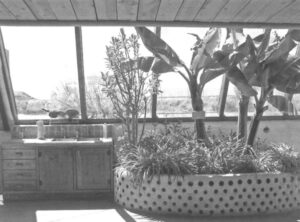
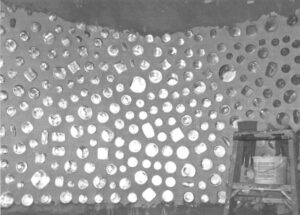
Earthships: The Homes That Trash Built
Authors:Rachel Harkness
The author introduces the concept and construction method of Earthships in this article. Earthships are a type of residential building constructed from waste materials. It adopts the concept of zero waste. Waste has no fixed classification and can be reused and reshaped. While building Earthships, they change the way they use their environment and resources by reusing waste.
Builders have a strong sense of morality, which can be seen from the way they treat sewage. They collect and clean this sewage, and then use and reuse it, such as for household and horticultural purposes.
In addition, the article also mentioned that Earthships builders value handcrafting, which can strengthen their connection with the environment and better recycle waste. They are very concerned about the environment and have strong environmental ethics. And through this approach, a new community relationship has been established.
Overall, Earthships, as an innovative residential construction method, propose a new way of resource reuse.


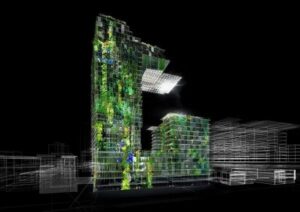
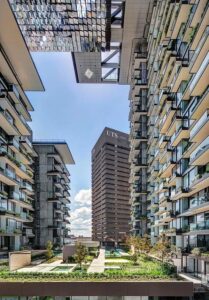
Thinking building dwelling: examining earthships in taos and fife
This article emphasizes that the responsibility of interior designers is to meet people’s diverse needs for the environment. The article also mentions that sustainable interior design not only involves spatial efficiency and productivity, but designers also need to promote sustainable relationships between individuals and organizations from a holistic perspective.
Interior design can support and maintain community relationships, cultural atmosphere, family relationships, and personal life. The article also emphasizes that interior design plays an important role in the sustainability movement. Although designers entering this industry have received training in sustainability principles and practices, they do not always have sufficient information to complete tasks.
This article aims to enhance the standards of the design industry, thereby enabling users to use spaces healthier, happier, and safer.
Reference:
* Pics 1-14 from bibliography, Pics 15-18 from search engine



